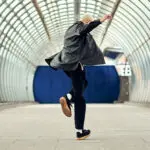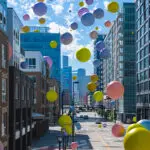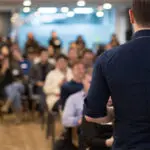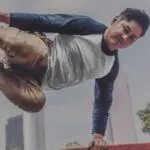From digital identity to shared humanity, explore key insights and reflections from World Expo in Osaka.
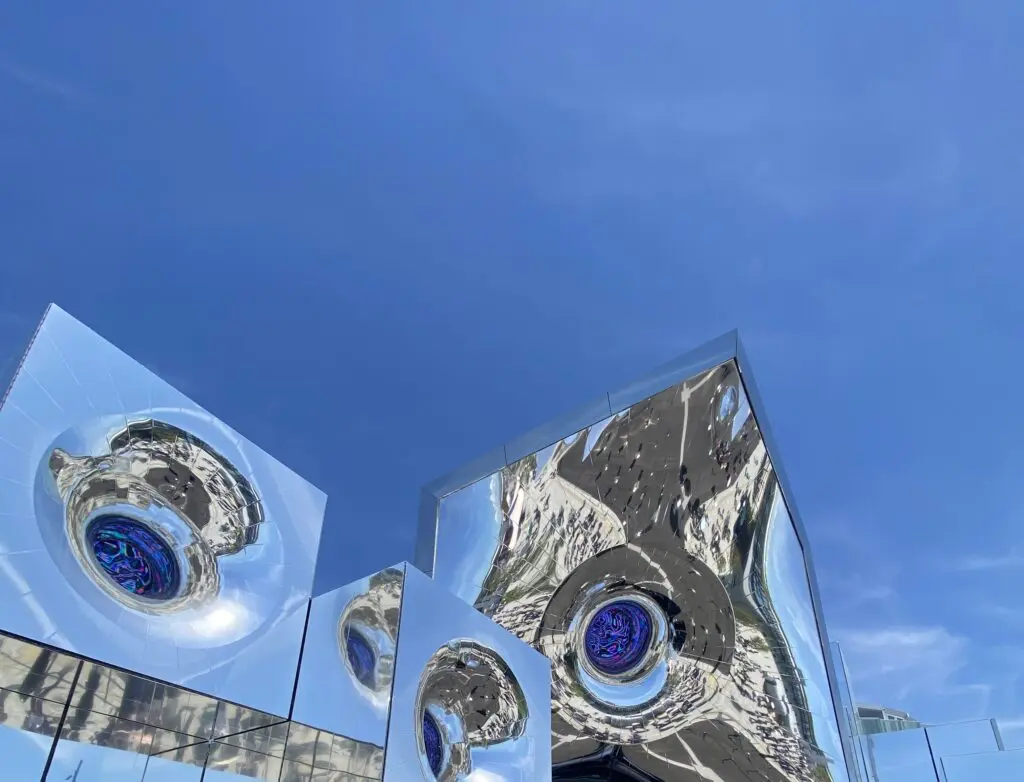
The World Expo 2025 in Osaka is the latest in a longstanding series of international exhibitions where countries from around the world gather to showcase their innovations, culture, and visions for the future. This year’s theme, “Designing a future society for our lives,” invited visitors to explore how technology, design, and human experience intersect as we head into the future.
This article is a personal narrative of my experience through the Signature Pavilions at the Expo. While I can’t speak for the creators, and some moments of my experience were filtered through translation apps and subtitles, I aim to preserve the spirit and intent of what I’ve encountered through my reflections as a Consumer Trends Analyst.
When Our Digital Selves Become Proof of Our Humanity
The null² Signature Pavilion, which was produced by media artist and Associate Professor at Tsukuba University, Yoichi Ochiai, was one of the most visibly striking to me. It looked like polished metal speakers, stacked on top of one another – solid yet fluid, its mirrored surface warping with the wind and sunlight. Inside, I entered a mirrored room where LED projections of digital humans emerged. They spoke of their lives and goals, responded to audience questions, – and embodied the blurring dialogue between humans and machines.
It prompted reflections on how our digital stories shape our identity, and what we hope to gain by curating and preserving them. It forced us to consider the value of a life that revolves around our digital selves, but simultaneously celebrated how the digital breadcrumbs and stories we put out into the world act as lasting evidence of our humanity – the little things that catch our attention and how we constantly search for ways to connect with others.
A layer of complexity was added when the installation invited us to “relinquish the symbols we care about and return to null.” In programming, null denotes the absence of value. Here, it called us to strip away our performative symbols to confront the essence of who we are and what in our life is important to us.
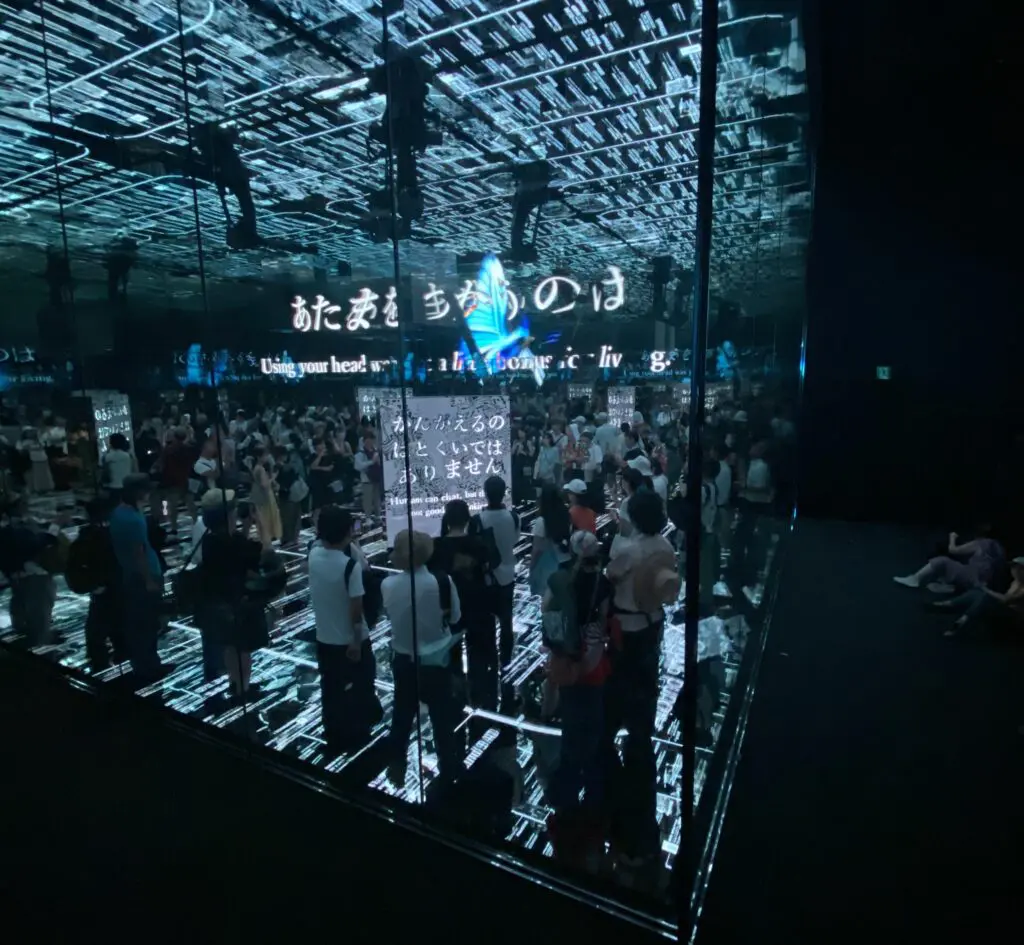
Looking into the box that held the null² experience from the other side of the one-way mirror
We were led outside the room to learn it was a one-way mirror. We watched the next group of participants and saw how they experienced the installation for their digital selves – through their phones, just as we had – and it felt uncanny, like we existed in a loop or a simulation. I sat with some discomfort. What is this shame we feel when we’re made aware of our digital behaviour?
Are our digital selves more human than our physical ones? Will our digital lives become richer and turn into our more cherished ‘reality’? What are we losing as algorithms increasingly mediate how we see and express ourselves?
When Shared Humanity Resonates Through Diversity
60% of US consumers think efforts to create a more diverse, equitable, and inclusive entertainment media is a good thing.
Pondering all this, I took a slow walk to Better Co-Being – produced by Miyata Hiroaki, a professor at Keio University. Set in the open air of the “Forest of Tranquility”, it was the only Signature Pavilion without a roof or walls. The piercing summer heat felt comforting, as it grounded me in the present. A staff member handed me a haptic “Wonder Stone”, that synced with my phone to guide me through the installations along the path.
It initially seemed awkward to experience my walk through the forest with my hands full – but it improved my understanding of the pavilion’s intent and message: exploring the resonance between people, and the beauty of shared humanity regardless of our differences.
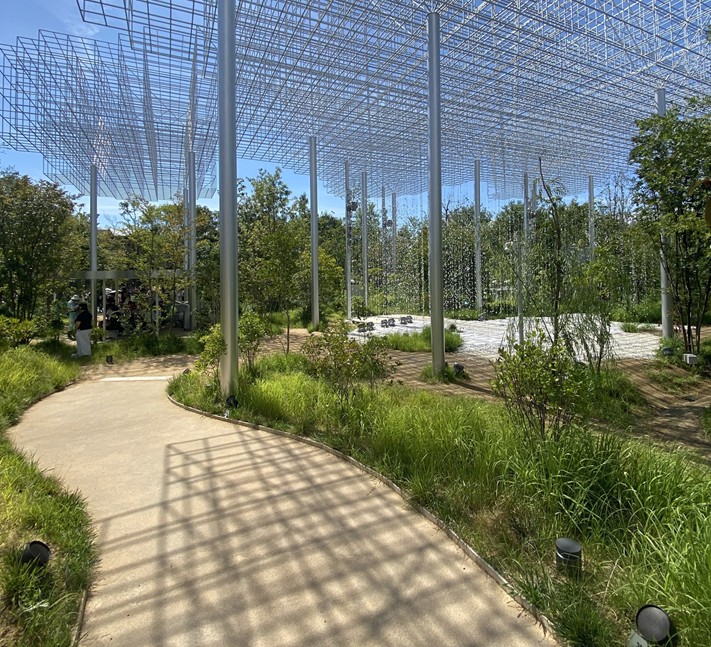
Sequence 2 of Better Co-Being path that explores the “Resonance between People and the World,
” created in collaboration with the Counter Voice Network.
It’s hard to describe what I felt as I walked through the winding path in the second sequence of the experience. Speakers were positioned throughout, with different people counting down from 9 to 1 (notably, “0” was never said). Different voices and native languages were paired together, yet sonically resonating so harmoniously. I was stumped as I read about different motifs behind the counting: berries being added to a bowl of cereal, childhood games being played, footsteps of people under an umbrella shared to beat the rain. While many languages were foreign to my ears, the reasons we count things – to spur excitement, to emphasise urgency, to instill order, to gather our thoughts and calm ourselves down – and the emotions behind these moments, resonated deeply with me.
The experience ended with visual sequences that formed rainbows out of different perspectives with each person contributing a colour that represented what resonated with them the most throughout the journey. It was beautiful.
But nothing was more poetic to me than that short walk.
I left wondering how much of a privilege language plays in our global conversation, and how it leads to some voices getting amplified while others are ignored. Only 42% of people in the US feel personally and authentically represented in the media. How can we better apply what we learn from others to tackle global challenges, when our struggles differ, but our emotions are so often the same?
When Technology Outpaces Our Ethics
I then moved on to the “Future of Life” – produced by Ishiguro Hiroshi, one of Japan’s foremost roboticists.
This Signature Pavilion opened by showing how humans imbue objects with life throughout history, giving them stories, meaning, and power.
It then evolved into a vision of the near future, where people can decide to meet their natural end, or upload their memories (not consciousness) into androids. The story followed a grandmother feeling the weight on her shoulders as she decides if she should allow her end to come naturally, or to upload herself – or as much of herself as possible – into an android, to keep a promise she made to her granddaughter.

An android sifting through memories of her granddaughter
at the “Future of Life” Signature Pavilion.
This is a tension we’re already seeing today, as technology allows people to create digital versions of their loved ones they can talk to and console in even after they pass. What would it do to us if we never had to experience loss? Would our relationships have less meaning without the urgency of an impending end?
To be clear, definitions like “natural” are a constantly moving target, and humanity has spent years extending life – and being successful at it. What would happen when we successfully codify “soul” or “human consciousness”, and are able to design and replicate it? What was once science fiction is constantly turning into scientific possibilities, thanks to the pictures painted by those who came before us.
When Action is Sparked by Awareness
38% of Japanese consumers say they don’t want to buy or use products or services from companies that mistreat animals. (Mintel Client Access Only)
“LIVE EARTH JOURNEY” by animation producer and vision creator, Kawamori Shoji is an explosive immersion into the vibrancy and totality of life, reminding us of our place on this earth that we intimately share with all the other interconnected lifeforms and ecosystems.

A distinctive building marking its presence in the LIVE EARTH JOURNEY.”
©Shoji Kawamori / Vector Vision / EXPO2025
The intense use of animation, sound, and motion showed me how far we’ve progressed in our ability to tell stories, and its importance in highlighting much of the world that easily goes unnoticed if we don’t explore, if we don’t look closely, if we don’t take ourselves out of our comfort zones. The cycle of life and death, of growth and atrophy. The message of caring for the earth that we’re on was a loud one throughout the Expo – a sign of unified awareness – of a serious challenge that we’ll have to put our heads together and tackle, to protect our humanity and quality of life for generations to come.
The Need to Create Space for Honest Conversations
Of course, I saved my personal favourite for last – the “Dialogue Theatre – sign of life -,” by filmmaker Kawase Naomi. Standing outside the pavilion before my appointment, I honestly had no idea what to expect. It almost felt out of place, with a quietness surrounding the area – two old buildings, with a big tree in between them. I quickly learned that the pavilion was created using parts from old disused schools from Nara and Kyoto, and in the centre stood a ginkgo tree, about 100– years old – the symbol of the pavilion.
Entering the building, I was provided with a different sort of sensory experience than what I had at the other Signature Pavilions. The smell of the wood, the creaks of the stairs, the empty blackboard, and the balcony that overlooked the space. Without infographics or exhibits, the space spoke for itself. I was informed that the intention was to invoke a sense of nostalgia among visitors who grew up and went to school in Japan, but even as a foreigner, I felt it as well. I felt the safety and innocence of childhood; its simplicity and openness.

The “Dialogue Theatre – sign of life -” pavilion faithfully recreated the experience of climbing up the staircase of a traditional Japanese school.
The main event was an unscripted dialogue between two strangers who’ve never spoken before – one selected from the visitors, and the other, a member of the team who had undergone workshops and training in having thoughtful, engaging conversations. The “rules” for the conversation caught my attention:
- Don’t introduce yourself.
- Don’t use honorifics.
- Don’t ask about the topic directly.
The other rule was for the audience: No cameras. Even though my experience of the conversation was filtered through an instantaneous translation application, I resonated deeply with how a special kind of honesty comes into conversations we have with people we never see again.
In my work, I spend a lot of time thinking about the loneliness and desire for connection in the current social landscape we operate in, about the fear many people have developed about expressing themselves authentically, because of the pressure to appear “put together” and how all these factors often lead to repression and self-censorship. In Japan, 48% of young adults seek creative accomplishments in their lives (Mintel Client Access Only), and I wonder how much of this is stifled by not being able to share and explore their dreams.
Creating spaces for rawness, for authenticity, for exploration without judgement, will likely be one of the most pressing social challenges we’d have to navigate if we were to achieve the shared purpose and responsibility, to tackle the uncertainty that lies ahead.
Closing Thoughts on the World Expo 2025 in Osaka
I didn’t get to visit every Signature Pavilion. But from the ones I did, the message was clear: we may not know exactly when or how these futures will arrive, but the emotional and ethical tensions they evoke are – to some degree – already present in our lives today.
Whether it’s the urge to preserve ourselves digitally, the desire for genuine connection, or the need to care for the world we inhabit, these themes are deeply human. And perhaps our most urgent task is to stay present enough to notice and face them.
Explore all of Mintel’s market and consumer research and browse numerous research reports on Mintel Store.
Or sign up to our free newsletter Spotlight to have valuable market and consumer insights delivered directly to your inbox.



















